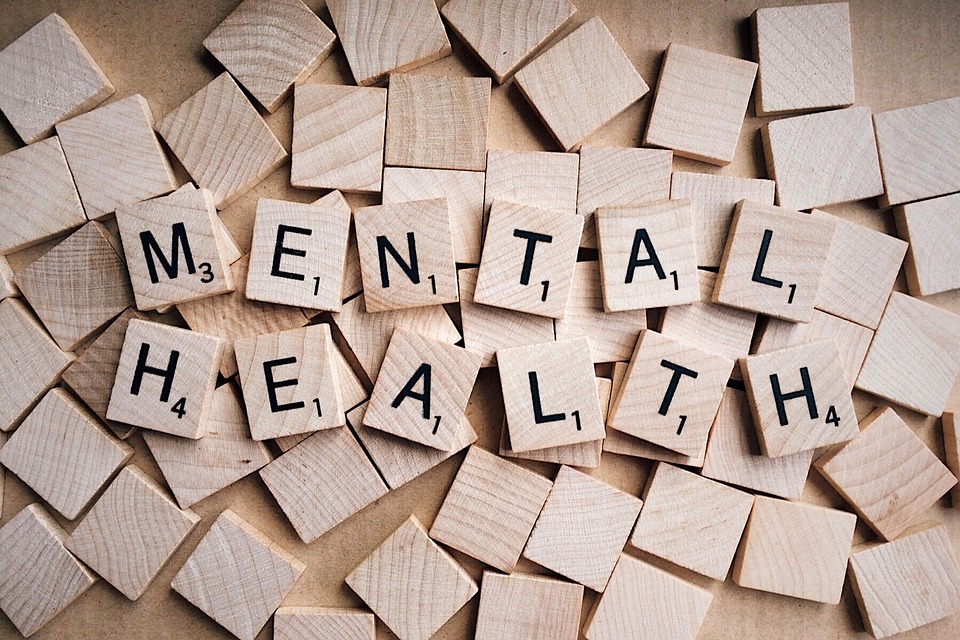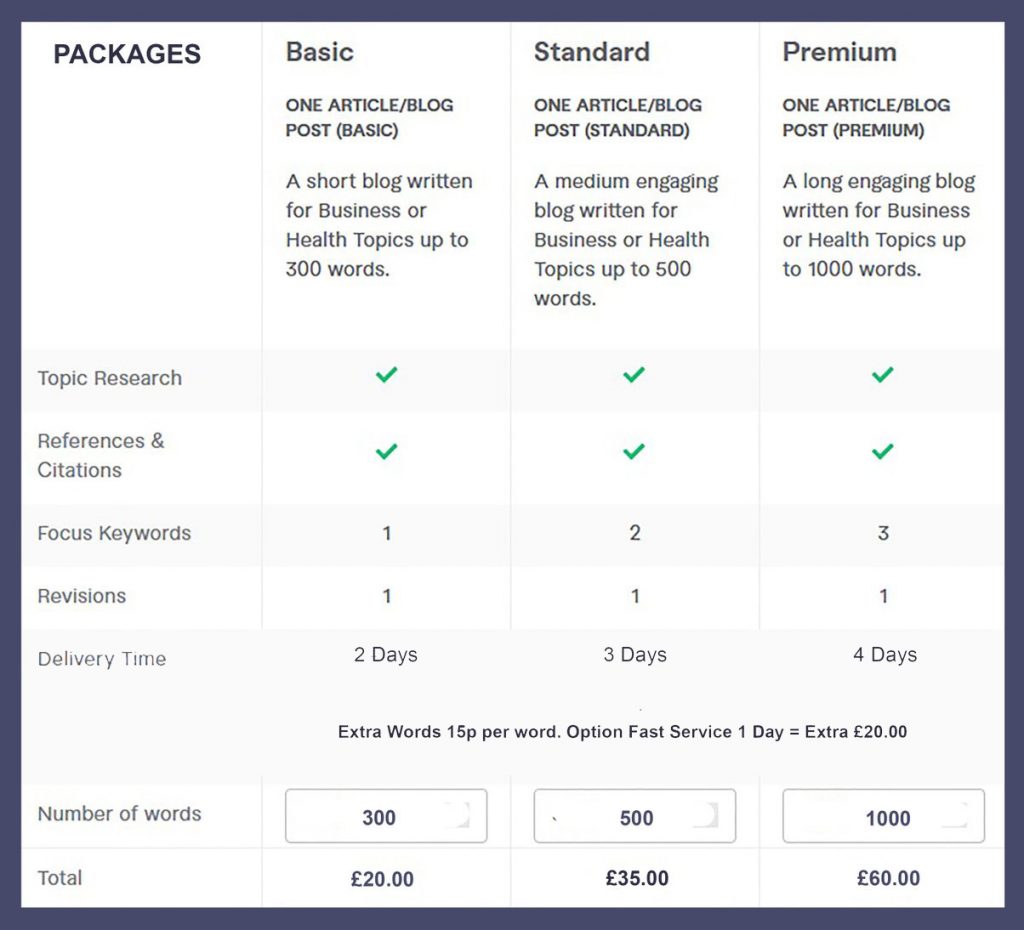
Understanding Borderline Personality Disorder (BPD): A Comprehensive Guide
Borderline Personality Disorder (BPD) is a complex mental health condition characterized by pervasive instability in moods, behavior, self-image, and functioning. These experiences often result in impulsive actions and unstable relationships. People with BPD may struggle with episodes of anger, depression, and anxiety that can last from a few hours to days.
This guide aims to provide a thorough understanding of BPD, its symptoms, causes, diagnosis, treatment options, and its association with OCD.
What is Borderline Personality Disorder (BPD)?
Borderline Personality Disorder is a mental illness marked by a pattern of ongoing instability in moods, behavior, self-image, and functioning. This instability often disrupts the individual’s relationships and sense of identity. People with BPD tend to view things in extremes, such as all good or all bad. Their opinions of others can also change quickly, leading to intense and unstable relationships.
Symptoms of BPD
The symptoms of BPD can vary from person to person but generally include:
- Fear of Abandonment: Intense fear of being left alone or abandoned, often leading to frantic efforts to avoid real or imagined separation.
- Unstable Relationships: A pattern of intense and unstable relationships characterized by alternating between extremes of idealization and devaluation.
- Identity Disturbance: Markedly and persistently unstable self-image or sense of self.
- Impulsivity: Impulsive behaviors in at least two areas that are potentially self-damaging (e.g., spending, sex, substance abuse, reckless driving, binge eating).
- Emotional Instability: Intense episodes of dysphoria, irritability, or anxiety usually lasting a few hours to a few days.
- Chronic Feelings of Emptiness: A profound feeling of emptiness or boredom.
- Inappropriate, Intense Anger: Intense and inappropriate anger or difficulty controlling anger.
- Transient, Stress-Related Paranoid Thoughts: Severe dissociative symptoms or stress-related paranoid ideation.
Causes of BPD
The exact cause of BPD is not fully understood, but it is believed to result from a combination of genetic, environmental, and social factors.
Potential causes include:
- Genetics: There is evidence to suggest that BPD has a genetic component, with the disorder running in families.
- Brain Structure and Function: Research shows that people with BPD may have abnormalities in brain areas responsible for emotion regulation, impulse control, and aggression.
- Environmental Factors: Traumatic life events, such as abuse, neglect, and separation during childhood, are common in people with BPD.
- Neurobiology: Neurobiological factors may also play a role, as abnormalities in neurotransmitter systems involved in mood regulation have been found in those with BPD.
Diagnosis of BPD
Diagnosing BPD involves a comprehensive evaluation by a mental health professional. This typically includes:
- Clinical Interview: A thorough interview covering the individual’s history, symptoms, and impact on their life.
- Medical History: Reviewing the patient’s medical history to rule out other conditions.
- Criteria from DSM-5: Using the Diagnostic and Statistical Manual of Mental Disorders, Fifth Edition (DSM-5) criteria for BPD, which require at least five of the nine specified symptoms.
Treatment of BPD
Treatment for BPD can be challenging, but many people with the disorder can experience significant improvement with the right interventions. Common treatments include:
- Psychotherapy: The cornerstone of BPD treatment, including:
- Dialectical Behavior Therapy (DBT): Specifically designed for BPD, focusing on mindfulness, distress tolerance, emotional regulation, and interpersonal effectiveness.
- Cognitive Behavioral Therapy (CBT): Helps patients identify and change destructive thought patterns.
- Mentalization-Based Therapy (MBT): Helps patients understand their own and others’ mental states.
- Transference-Focused Therapy (TFT): Addresses distorted self-perceptions and relationships.
- Medication: While there is no medication specifically approved for BPD, medications such as antidepressants, antipsychotics, and mood stabilizers can help manage symptoms.
- Hospitalization: In cases of severe symptoms, such as suicidal behavior, short-term hospitalization may be necessary.
- Self-Care and Support: Encouraging healthy lifestyle choices, stress management, and support groups can also be beneficial.
Living with BPD
Living with BPD can be challenging, both for those with the disorder and their loved ones. However, with appropriate treatment, individuals with BPD can lead fulfilling lives. Support from friends, family, and mental health professionals is crucial.
- Education and Awareness: Understanding the disorder is the first step toward effective management.
- Support Networks: Building a network of supportive relationships can provide stability and encouragement.
- Ongoing Therapy: Continuous engagement in therapy can help maintain progress and address new challenges.
The Connection Between Obsessive-Compulsive Disorder (OCD) and Borderline Personality Disorder (BPD)
Obsessive-Compulsive Disorder (OCD) and Borderline Personality Disorder (BPD) are distinct mental health conditions with unique diagnostic criteria and symptomatology. However, they can co-occur and share some overlapping features, leading to a complex interplay that can complicate diagnosis and treatment.
Understanding OCD
Obsessive-Compulsive Disorder (OCD) is characterized by persistent, intrusive thoughts (obsessions) and repetitive behaviors or mental acts (compulsions) that an individual feels driven to perform. These behaviors are often aimed at reducing anxiety or preventing a feared event, but they can significantly impair daily functioning.
Key Symptoms of OCD:
- Obsessions: Recurrent, unwanted thoughts, images, or urges.
- Compulsions: Repetitive behaviors or mental acts performed to neutralize obsessions or prevent a feared outcome.
- Distress and Impairment: Significant distress or impairment in social, occupational, or other important areas of functioning due to obsessions and compulsions.
Understanding BPD
Borderline Personality Disorder (BPD) is characterized by pervasive instability in moods, self-image, and interpersonal relationships. Individuals with BPD often experience intense emotions, impulsive behaviors, and a chronic sense of emptiness.
Key Symptoms of BPD:
- Emotional Instability: Intense and rapidly changing emotions.
- Impulsive Behaviors: Actions that are potentially self-damaging, such as reckless spending, substance abuse, or self-harm.
- Unstable Relationships: Patterns of intense and unstable interpersonal relationships.
- Identity Disturbance: Markedly and persistently unstable self-image.
- Fear of Abandonment: Frantic efforts to avoid real or imagined abandonment.
Overlapping Features
Despite being distinct disorders, OCD and BPD can share some overlapping features, including:
- Anxiety: Both disorders often involve significant anxiety. In OCD, anxiety is typically related to obsessions and compulsions, while in BPD, it can stem from fear of abandonment and emotional instability.
- Impulsivity: While impulsivity is a hallmark of BPD, individuals with OCD may also exhibit impulsive behaviors, particularly if they engage in compulsions in an attempt to quickly alleviate distress.
- Rigidity in Thought and Behavior: OCD involves rigid thought patterns and behaviors due to obsessions and compulsions. BPD can also involve rigid and black-and-white thinking, particularly in relationships.
- Interpersonal Difficulties: Both disorders can lead to significant challenges in relationships. In BPD, this is due to emotional instability and fear of abandonment, while in OCD, it can be due to the time-consuming nature of compulsions and the distress caused by obsessions.
Co-Occurrence of OCD and BPD
Research suggests that OCD and BPD can co-occur more frequently than expected by chance. Individuals with both disorders often present with more severe symptoms and greater functional impairment compared to those with either disorder alone. The co-occurrence can complicate the clinical picture and make treatment more challenging.
Implications of Co-Occurrence:
- Increased Severity: The presence of both OCD and BPD can result in more severe symptoms, including higher levels of anxiety, depression, and functional impairment.
- Diagnostic Challenges: Differentiating between the symptoms of OCD and BPD can be difficult, especially since some behaviors (e.g., checking behaviors in OCD vs. reassurance seeking in BPD) may appear similar.
- Treatment Complexity: Treating co-occurring OCD and BPD requires a nuanced approach that addresses the symptoms of both disorders. Standard treatments for OCD, such as Exposure and Response Prevention (ERP), may need to be adapted to account for the emotional dysregulation and interpersonal difficulties associated with BPD.
Treatment Approaches
When treating individuals with co-occurring OCD and BPD, a comprehensive and integrated treatment plan is essential. Effective approaches may include:
- Dialectical Behavior Therapy (DBT): DBT is particularly effective for BPD and can help individuals manage emotional dysregulation and improve interpersonal effectiveness. DBT can also be adapted to address OCD symptoms.
- Cognitive-Behavioral Therapy (CBT): CBT, including Exposure and Response Prevention (ERP), is a frontline treatment for OCD. When combined with DBT, it can help manage OCD symptoms while also addressing BPD-related issues.
- Medication: Selective Serotonin Reuptake Inhibitors (SSRIs) are commonly prescribed for OCD and can also help with mood regulation in BPD. However, medication should be carefully managed by a healthcare professional.
- Integrated Therapy: A combination of therapeutic approaches tailored to the individual’s needs can provide the most comprehensive treatment. This may include elements of CBT, DBT, and other evidence-based therapies.
Conclusion
The connection between OCD and BPD is complex, with overlapping symptoms and challenges that can complicate diagnosis and treatment. However, with a thorough understanding of both disorders and an integrated treatment approach, individuals can achieve significant improvement in their symptoms and overall functioning. If you or someone you know is struggling with OCD, BPD, or both, seeking help from a mental health professional is crucial. Early intervention and tailored treatment can make a significant difference in managing these conditions.
Understanding the symptoms, causes, and treatments can empower individuals and their loved ones to seek help and support. With ongoing treatment and support, many people with BPD & OCD can achieve stability and improve their quality of life. If you or someone you know is struggling with BPD or OCD or Both, reach out to a mental health professional for guidance and assistance.



























